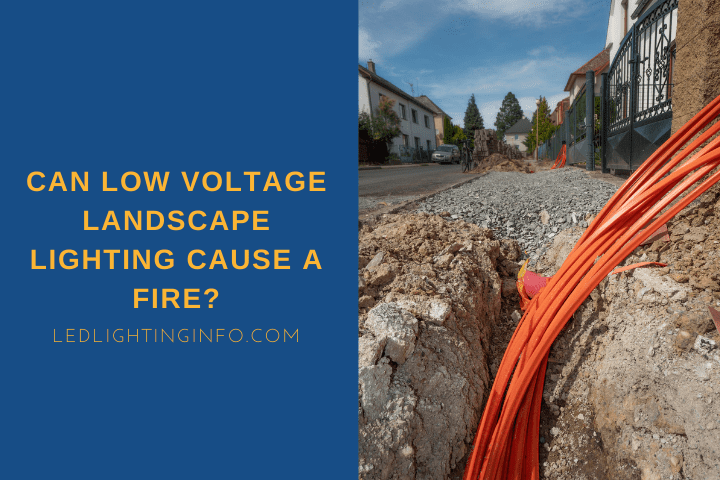It will almost always be low voltage when you’re working with landscape lighting.
That’s because it’s much safer when you consider the weather conditions.
You don’t want outdoor lighting in an environment that is regularly exposed to rain or damaging UV rays.
Only commercial landscape lighting tends to operate at standard voltage.
But just because you’re working with a low voltage circuit doesn’t mean there are zero dangers.
It’s important to understand some of the safety concerns you need to be aware of for your existing or new landscape lighting setup.
Landscape lighting can be a fire hazard. Older halogen lights can cause enough heat to ignite leaves or mulch, while poorly-insulated wiring could cause a short, which could spark a fire. LEDs can also trigger a fire if the circuit is overloaded.
Don’t worry – fires with landscape lighting are both rare and avoidable, so let’s take a look in more detail at:
- When low voltage lights are a fire hazard
- How to avoid wiring being a fire hazard
- Whether overloaded circuits are an issue
Are Low Voltage Landscape Lights Fire Hazard?

There are two main reasons that landscape lights could become a fire hazard.
Waterproofing
The first is if they aren’t installed with the care needed to make sure that the circuit is completely waterproof.
Obviously, there’s a lot of moisture outdoors. Even during warm summers, there’s always water in the ground where many of your wirings will be buried.
If water gets into an electrical circuit, its conductive nature can cause connections and arcs that the circuit can’t deal with.
The increased current can become a severe hazard by blowing bulbs or causing the transformer to overload, which could cause a fire.
That’s why it’s important you properly waterproof your lighting circuit, using wiring designed for outdoor use and paying particular care to any connections when you’ve added lights.
Overheating Due To Garden Debris
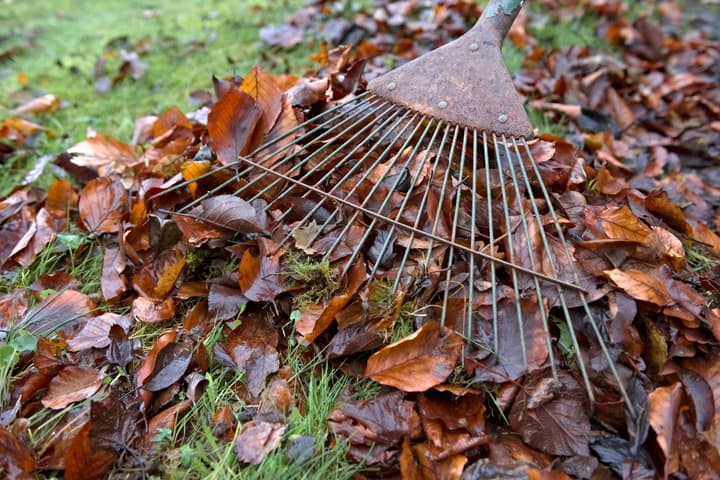
However, a more common cause of landscape lighting fires isn’t actually caused by water.
I’ve seen several cases online where everything is perfectly waterproof, but a fire still occurs.
That’s just where someone has been a little careless with their garden debris and used older lighting that generates more heat.
These days, most landscape lighting installations will use LEDs – they’re much more energy-efficient. Because they run cooler, they’re safer too.
But even installations from just a few years ago may have used halogen lighting.
Halogen lights emit both heat and light when they are working.
Usually, the heat levels are safe, but the problem comes when you either spread mulch onto your garden or when your trees shed their leaves.
If you don’t clear the space around your lights, a build-up of dried leaves or much will insulate your light, which means the heat can’t dissipate properly.
When the light is working, the temperature will just keep rising, eventually setting the garden on fire.
The rising temperature can also cause the bulb to malfunction, which could put extra stress on the transformer, causing it to also overheat and burn if it’s not properly protected.
There are two ways you can prevent this from happening:
- Upgrade your lighting system to LEDs – you’ll save money on your energy bills in the long run, and the bulbs will last longer too
- Always clear your landscape lights of debris when you’re gardening, and make sure any well lights have a cover on them to protect them from build-ups.
Can Low Voltage Wiring Cause A Fire?
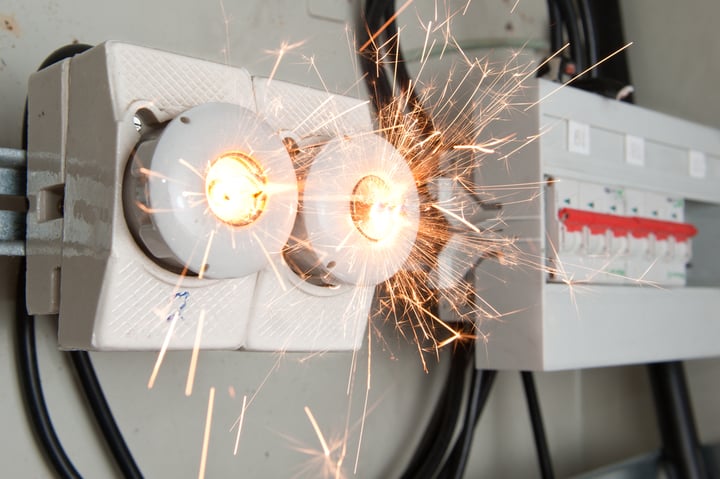
It’s not just lights that could be a fire hazard, but also the wiring you use to connect your circuit.
If you don’t use a suitable wire, it could create another short or arc that could lead to overheating, which is what will start a fire.
With landscape wiring, there are three reasons it could cause a fire:
Poor Connections
Really simple this one – if the connections between wires are weak, then over time, the current may start making jumps between loose connections, and these arcs can cause a lot of heat.
When installing your transformer or connecting any wires, ensure the wire ends are always properly connected.
With a transformer, follow the instructions to ensure enough wire is connected and tighten the screws carefully.
For lights, use solder or a specialist outdoor wire connector.
Wire Location
Landscape lighting wire will either be designed to be above ground or buried within a sleeve or conduit, or it will be ‘direct burial’ which means you can bury the cable without any extra protection.
Most landscape wire is rated for direct burial, but it’s important to check.
If you bury wire that isn’t designed for it or that should have protection, it’s likely to corrode due to the moisture and pressure of the earth.
That corrosion can cause conductors within the wire to touch, creating a short circuit. That won’t start a fire underground, but it could cause the transformer to overheat and ignite.
Always make sure you only use the properly rated wire when burying it.
Wire Thickness
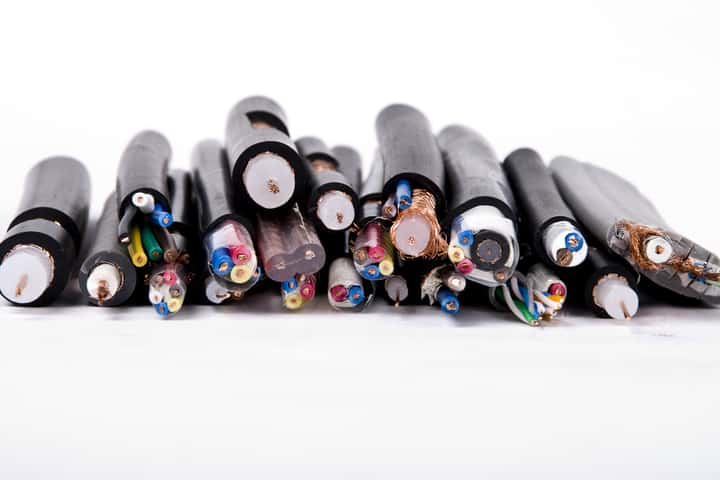
The thickness of the wire influences the current that it can safely bear. Overload your landscape lighting wire, and it could again corrode due to overheating.
The wire is measured in American Wire Gauge (AWG), with a lower number meaning a thicker wire that can carry more current.
Bear in mind that wiring is advertised with a maximum peak wattage. Still, it’s not advisable to load your circuit to that level – it won’t be able to cope over time.
Instead, you should only ever add 80% of the maximum wattage, which is what it can sustain for a long time without power surges causing an issue.
Here are the most common wire gauges used in landscape lighting, and their maximum wattage on a 12V circuit:
| AWG rating | Maximum peak wattage | Maximum sustained wattage |
|---|---|---|
| 8/2 | 480 | 384 |
| 10/2 | 360 | 288 |
| 12/2 | 240 | 192 |
| 14/2 | 192 | 154 |
| 16/2 | 132 | 106 |
| 18/2 | 96 | 77 |
Can Overloaded Low Voltage Circuit Case Fire?
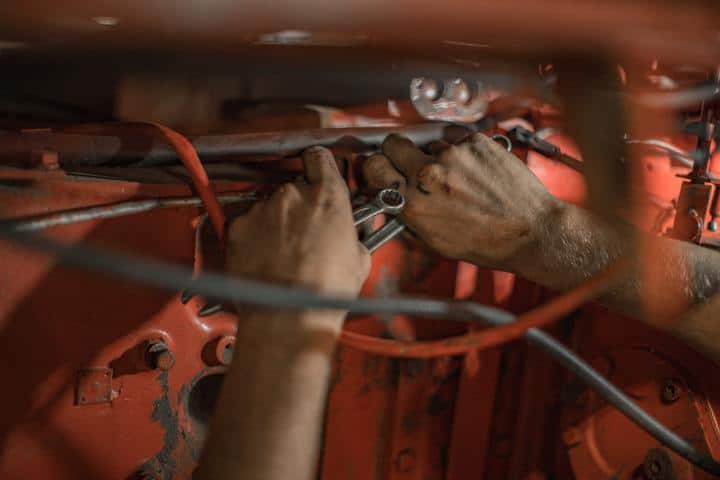
In the same way that you can overload your wiring, you can also overload your transformer, which could cause the transformer itself to ignite if it isn’t properly protected.
Transformers also have a maximum rated wattage.
Generally, if you try to add more lights to a transformer than it’s rated for, the lights won’t work properly.
Most transformers are built to ensure that they won’t just allow unregulated current through the circuit. Still, unfortunately, cheap electrical parts do exist!
Never add more than 80% of the maximum wattage onto your transformer circuit to keep your home safe.
If you want to add more than your transformer can handle, upgrade it – it’s a relatively simple job.
The Importance Of GFCI
It’s important to make sure that your landscape lighting transformer is plugged into an outdoor GFCI outlet.
GFCI stands for Ground Fault Circuit Interrupter, and it’s a circuit breaker that will cut the power if it detects a current flowing along an unintended path.
Some potential fire hazards in this article will be prevented if you’re using a GFCI outlet, so this isn’t something to cut corners with.
If the circuit is tripped, you’ll be able to find the source of the problem and fix it with no worries about a fire breaking out.
Once resolved, a quick push of the reset on the outlet will get everything working again.
Final Words
Low voltage lighting is designed with safety in mind, considering how many hazards the outdoor world presents.
But that doesn’t mean you can be careless.
By caring for your setup properly and using low-heat LED lights, you shouldn’t have any problems.
Keep the system maintained and clean any garden debris away from your lights regularly.
Heard any horror stories about landscape lighting fires? Maybe you’ve experienced one yourself.
I hope not, but if you have, then please share your story so that others don’t fall into the same trap.

